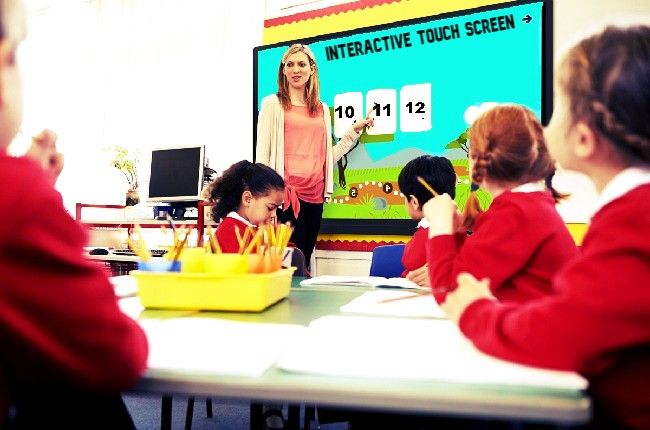Introduction
Online teaching has gained significant traction in India, offering a dynamic and accessible approach to education. This mode of instruction has become even more engaging and effective with the integration of interactive flat panel display (IFPDs). In this article, we will explore the process of initiating online teaching in India, highlighting the pivotal role of IFPDs in creating an interactive and immersive learning environment.
1. Understand the Indian Educational Landscape
Before embarking on online teaching in India, it’s crucial to understand the educational landscape. Familiarise yourself with the diverse needs of Indian students, the curriculum requirements, and the challenges they may face in a digital environment. Being aware of these factors will help tailor your teaching approach.
2. Select an Appropriate IFPD
Interactive flat panel displays are at the heart of effective online teaching. Choose an IFPD that suits your teaching style and the needs of your students. Look for features like touch-screen functionality, high resolution, and compatibility with educational software. The IFPD should also have connectivity options for seamless interaction.
3. Prepare Your Curriculum
Design a comprehensive curriculum that aligns with Indian educational standards and your teaching goals. Organise the content into modules or units, outline learning objectives, and prepare materials suitable for IFPD presentations. Consider how IFPDs can enhance content delivery through interactive visuals and multimedia.
4. Acquire Necessary Hardware and Software
In addition to an IFPD, you’ll need a computer or laptop with adequate processing power and memory. Install essential software for online teaching, such as video conferencing tools, screen recording applications, and interactive whiteboard software that complements your IFPD.
5. Create Engaging Content
Leverage the capabilities of IFPDs to create engaging content. Develop interactive presentations, virtual whiteboard lessons, and multimedia resources. Incorporate videos, images, and simulations that make learning exciting and immersive.
6. Understand the Digital Divide
Recognize that not all students in India have equal access to technology and high-speed internet. Be prepared to provide alternative materials for students with limited digital access. Ensure that your content is optimised for mobile devices, which are more prevalent in certain regions.
7. Build an Online Presence
Establish an online presence through a website or learning management system (LMS) where students can access materials, submit assignments, and interact. Use social media and messaging apps to keep students informed and engaged.
8. Engage in Professional Development
Continuous learning is essential for effective online teaching. Explore professional development opportunities related to online pedagogy, IFPD usage, and digital tools. Stay updated with the latest educational technology trends and best practices.
9. Interaction and Feedback
Encourage interaction and communication with your students. Utilise the IFPD to facilitate live discussions, interactive quizzes, and collaborative activities. Provide timely feedback and support to students to keep them engaged and motivated.
10. Assessment and Evaluation
Devise assessment methods that are compatible with online teaching and IFPDs. Consider using online quizzes, interactive assignments, and peer assessments. Ensure that assessment criteria are clear and accessible to all students.
Conclusion: Transforming Indian Education with IFPDs
Online teaching in India, enhanced by interactive flat panel displays, presents an exciting opportunity to reshape education. The IFPDs provide a dynamic and immersive learning experience that engages students and fosters understanding.
As you embark on your journey of online teaching in India, remember that effective use of IFPDs requires a blend of technology, pedagogy, and cultural sensitivity. By incorporating these elements, you can make a meaningful impact on the educational landscape, reaching students across India and equipping them with the knowledge and skills they need for a brighter future.








